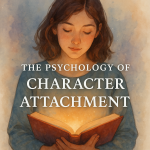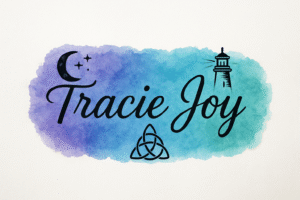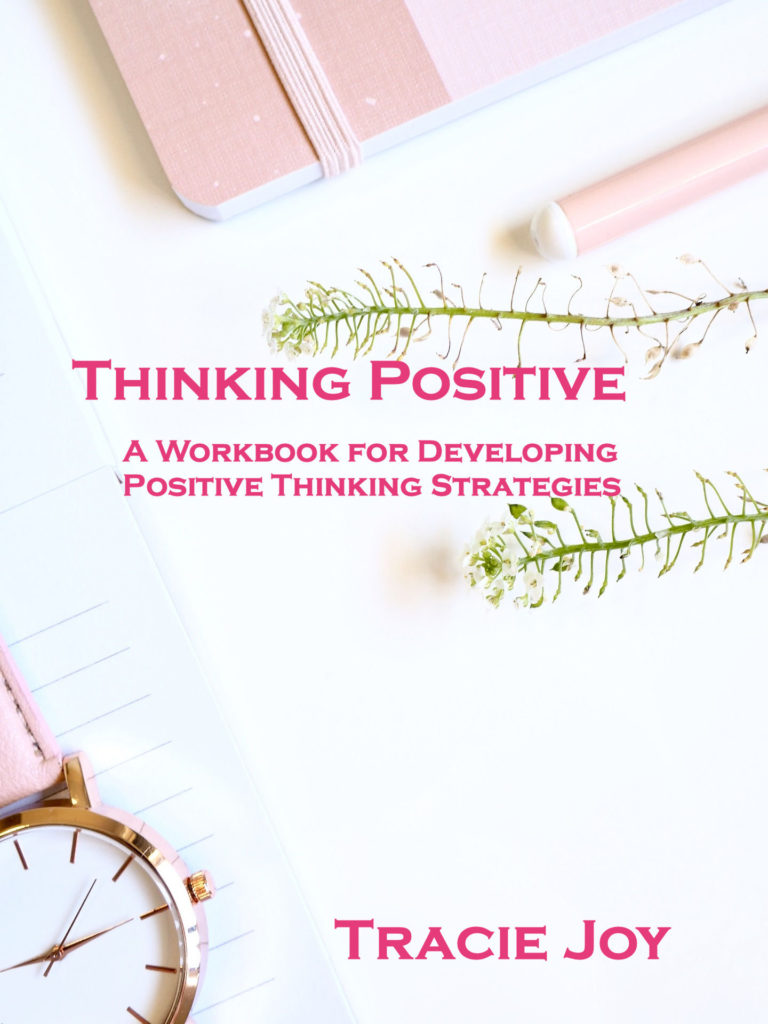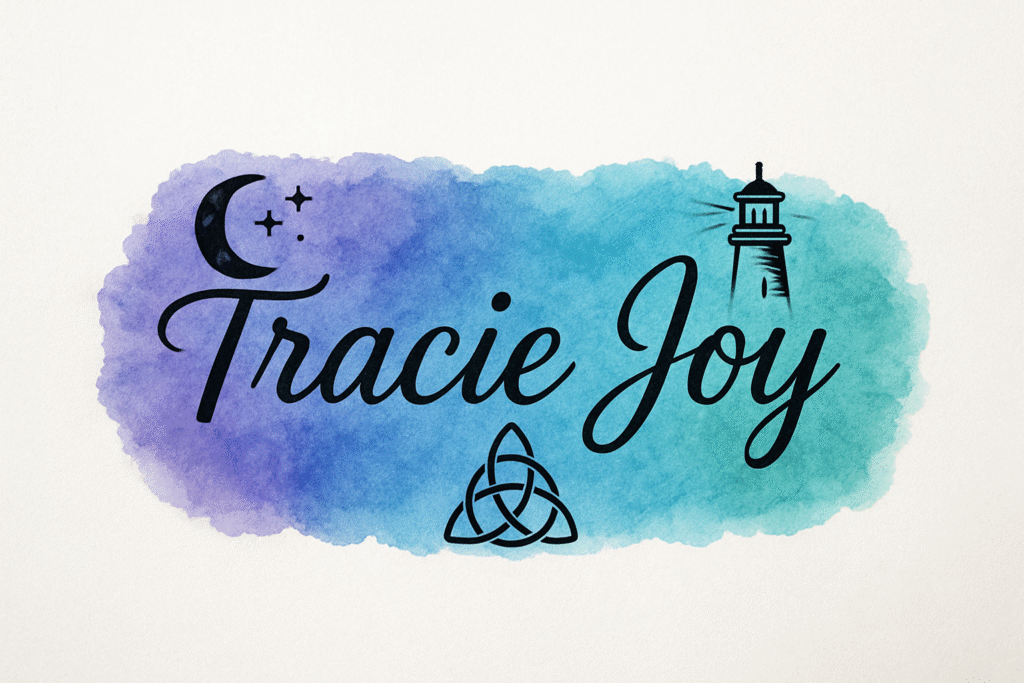The Psychology of Why Readers Fall in Love With Characters
What the heck is character attachment? You know that feeling,the one where you close a book and just sit there, clutching it to your chest because saying goodbye feels like losing a friend. Maybe it’s Elizabeth Bennet. Maybe it’s  Katniss Everdeen, or someone quieter, like Eleanor Oliphant. Whatever the name, the ache is real. You fell in love with a character who never existed outside the page, and somehow, your brain forgot the difference.
Katniss Everdeen, or someone quieter, like Eleanor Oliphant. Whatever the name, the ache is real. You fell in love with a character who never existed outside the page, and somehow, your brain forgot the difference.
That’s character attachment, and it’s one of the most powerful emotional experiences in storytelling.
Why Our Brains Treat Fictional People Like Real Ones
Neuroscientists have found that when we read emotionally charged fiction, our brains light up as if we’re living those moments ourselves. When a character runs, our motor cortex activates. When they cry, our limbic system echoes that pain. This phenomenon, driven by mirror neurons, allows us to feel empathy for imaginary people with startling authenticity.
In essence, the brain doesn’t make much distinction between fictional emotion and real emotion. It just feels. You can read about it here, in this great post,
How fiction changes your brain
The Roots of Character Attachment
Character attachment isn’t random—it’s the emotional chemistry that happens when readers connect with a character on multiple psychological levels. Three key processes work together to build that bond:
Identification – “I see myself in them.”
When readers identify with a character, they recognize pieces of their own story within the narrative. Maybe it’s a shared insecurity, a similar dream, or the quiet way a character overthinks before speaking. This mirroring allows readers to live through the character rather than simply watch them.
Think of readers who see themselves in Anne Shirley’s stubborn idealism, or in Miles Morales’ search for belonging. Identification gives readers a sense of emotional ownership—they’re not just observing the journey; they’re walking it too.
Admiration – “I wish I could be them.”
Admiration taps into our aspirational selves. It’s the surge of courage we feel when we read about a character who speaks truth to power or refuses to back down. Readers attach to characters they want to be—those who embody traits we’re still working toward.
This doesn’t always mean heroism in a grand sense. Sometimes it’s the quiet grace of a character who forgives, or the boldness of someone who dares to love after loss. Admiration ignites a hopeful mirror: the version of ourselves we could become.
Empathy – “I feel for them.”
Empathy is the emotional heartbeat of storytelling. It’s what happens when readers not only understand a character’s pain but feel it. The best stories blur the line between sympathy (feeling sorry for someone) and empathy (feeling with someone).
When readers ache for a character’s heartbreak or celebrate their victory, that’s emotional resonance in action. And the more nuanced the portrayal—the hesitation before forgiveness, the conflicting mix of anger and love—the deeper the empathy becomes. It’s the difference between cardboard heroes and characters who feel like old friends.
When all three work together—identification, admiration, and empathy—the reader doesn’t just enjoy the story. They invest in it emotionally, heart first.
How Writers Build Emotional Bonds
Creating character attachment isn’t about manipulation—it’s about authenticity. Readers connect most when they sense truth in the emotion, even inside fantasy or far-fetched worlds. Here’s how to nurture that bond through your craft:
1. Give Them Clear Goals and Tangible Stakes
Readers attach to characters who want something deeply, whether it’s survival, redemption, or a simple need to be understood. Goals create forward motion, and stakes make us care about the outcome. The key is specificity: not just “she wants love,” but “she wants to be seen as more than the quiet one.” The sharper the goal, the stronger the attachment.
2. Let Them Mess Up
Readers don’t connect to perfection—they connect to humanity. Show your characters stumbling, choosing wrong, or freezing at the worst moment. These cracks let empathy leak in. When your hero says the thing they regret, or your villain hesitates just long enough to show doubt, readers lean closer. Mistakes don’t weaken attachment; they seal it.
3. Use Micro-Behaviors
Big emotions are memorable, but small details make them believable. A character’s habit of rubbing a thumb against a chipped mug, or the way they flinch when someone says a certain name—these are the threads that stitch readers to them. Micro-behaviors are body language as backstory, proof that emotion lives in gestures as much as in dialogue.
4. Build Emotional Mirroring
When a character experiences deep emotion, readers subconsciously mirror it. You can amplify this by slowing down during emotional beats—stretch the sensory detail, deepen the internal reflection, and let silence speak. Don’t rush through grief or joy; dwell in it long enough for the reader’s nervous system to sync with the character’s.
5. Create Safe Vulnerability
Attachment thrives in trust. When a character reveals something they wouldn’t tell anyone else—a hidden fear, a childhood wound, a fleeting moment of doubt—it invites intimacy. Readers feel chosen, as though they’ve been handed a secret. Vulnerability doesn’t weaken your characters; it makes them brave enough to be real.
When you combine all five—desire, imperfection, detail, resonance, and vulnerability—you create more than characters. You create connections. And that’s the kind of storytelling that lingers long after the last page turns.
Psychology today has a really amazing article about it that you might enjoy, The psychology of empathy in storytelling
The Why Behind the How
When readers form character attachment, they’re not just following a story—they’re rehearsing emotional life. Psychologists call it simulation theory: our minds use fiction to safely explore complex human emotions.
So when your reader cries over a character’s loss, they’re practicing empathy. When they cheer a redemption arc, they’re reinforcing hope.
Practical Ways to Strengthen Reader Bonds
- Anchor the emotional thread early.
- Show interiority.
- Use relational mirrors.
- Revisit vulnerability.
- Let growth happen slowly.
Why It Matters
It’s important to create characters that your readers remember and can relate to. You want your characters to reach out of your book and grab your readers. When you create character attachment, you’re doing more than telling a story—you’re offering a safe space for connection. Readers fall in love with your characters because, for a while, they feel seen. And that’s what every human heart craves: recognition, understanding, and the chance to grow alongside someone who feels real.
So, write your characters with empathy. Let them break, mend, and stumble their way toward truth. Because somewhere out there, a reader will close the book, press it to their chest, and whisper, “I’m going to miss them.”



